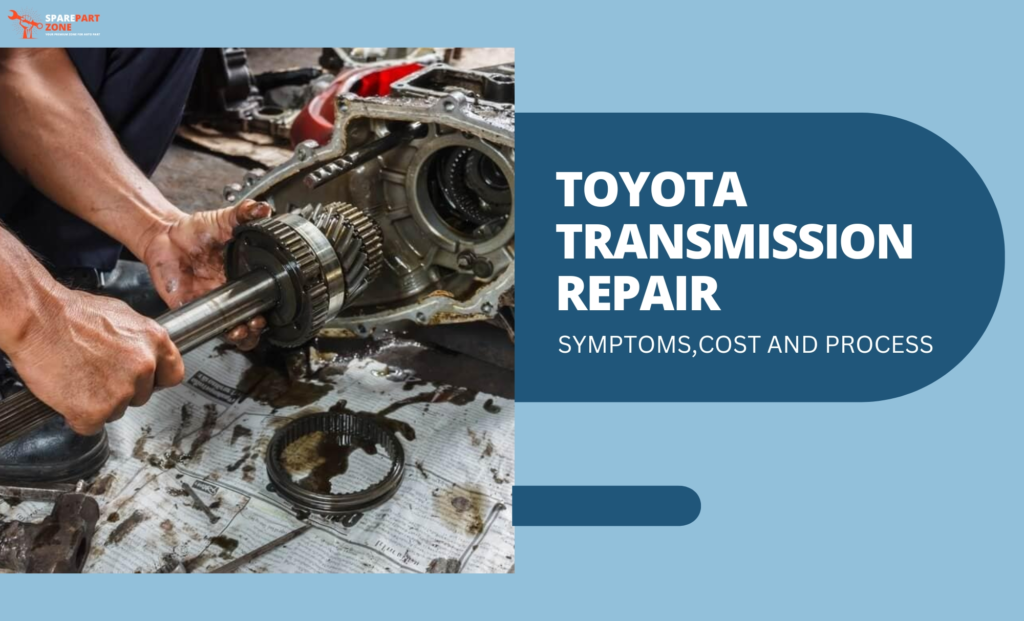Automatic transmission is a complex system that uses a combination of mechanical, hydraulic, and electronic components to smoothly and automatically change gear ratios as a vehicle moves. The automatic transmission replacement cost can vary widely depending on several factors, including the make and model of the vehicle, the type of transmission replacement, and the location and experience of the mechanic performing the work.
Let’s dive into the details and take a complete overview of automatic transmission.
How Much Does an Automatic Transmission Replacement Cost?
Here are some rough estimates for the cost of replacing the automatic transmission.
Budget replacement:
Automatic transmission price of replacement typically involves installing a used or remanufactured transmission that has been refurbished to factory specifications. This type of replacement can cost between $1,000 and $3,000, depending on the vehicle and the quality of the replacement transmission.
Mid-range replacement:
A mid-range automatic transmission replacement typically involves installing a new or rebuilt transmission that has been upgraded with better components or features. This type of replacement can cost between $3,000 and $5,000. The price variation is mainly because of the car model and the quality of the replacement transmission.
High-end replacement:
A high-end automatic transmission replacement includes installing a custom-built or high-performance transmission that has been specifically designed for the vehicle. Automatic transmission service cost is almost $5,000 or more.
When Should You Replace a Faulty Automatic Transmission?
Replacing a faulty automatic transmission can be a significant expense, but keeping your vehicle running smoothly and safely is often necessary. Here are some signs that you may need to replace your automatic transmission:

Slipping gears:
If your transmission is slipping between gears or not engaging properly, it may be a sign of internal damage or wear. It can cause your vehicle to lose power, accelerate slowly, or even fail to move.
Delayed shifting:
If you notice a delay or hesitation when shifting between gears, it may be a sign that your transmission is failing. It can be particularly noticeable when accelerating from a stop or shifting into reverse.
Rough shifting:
If your vehicle is shifting gears roughly or jerkily, it may be a sign of a worn or damaged transmission. It can also cause your vehicle to vibrate or shake while driving.
Fluid leaks:
If you notice a puddle of fluid under your vehicle, it may be a sign of a transmission fluid leak. It can cause your transmission to overheat, leading to internal damage or failure.
Warning lights:
If your vehicle’s “check engine” or “transmission” warning lights come on, it may be a sign of a problem with your transmission. This can be caused by a variety of issues, from low fluid levels to internal damage.
If you are experiencing any of these symptoms, it is important to have your vehicle inspected by a qualified mechanic as soon as possible. In many cases, minor transmission problems can be repaired before they become more serious and require a full replacement. However, if your transmission is faulty or worn, a replacement may be necessary to keep your vehicle running safely and reliably.
How to Replace a Detrimental Automatic Transmission?
Replacing a faulty automatic transmission can be a complex and labor-intensive process that experienced mechanics should only attempt with the proper tools and equipment. Here is an overview of the general steps involved in replacing an automatic transmission:
Drain the fluid:
The first step in replacing a transmission is to drain the fluid from the old transmission. One can do this by removing the drain plug or by using a fluid pump to extract the fluid.
Remove the old transmission:
Once the fluid has been drained, the old transmission can be removed from the vehicle. This typically involves disconnecting the drive shaft, wiring harness, and other components and then using a transmission jack to lower the transmission from the vehicle.
Install the new transmission:
After removing the old transmission, it needs installation of the new one is in its place. This involves carefully aligning the transmission with the engine and mounting it to the vehicle.
Reconnect the components:
Once the new transmission is in place, the various components that were disconnected during the removal process can be reconnected, including the drive shaft, wiring harness, and other components.
Fill with fluid:
After the transmission installation and reconnection of all the components, fill the transmission fluid at the proper level.
Test and adjust:
After the new transmission installation and filling up of fluid, one should start the vehicle. And also, one should test the transmission to ensure it is functioning properly. Adjustments are there to the shift linkage or other components to ensure proper operation.
What is Automatic Transmission?
Automatic transmission is a type of vehicle transmission that automatically changes gear ratios as the vehicle moves, allowing the driver to focus on steering and accelerating without needing to shift gears manually.
In an automatic transmission, a hydraulic system, electronic sensors, and a computer-controlled gearbox work together to adjust the vehicle’s gear ratios based on factors such as speed, engine RPM, and throttle input. This allows the vehicle to transition between gears without any input from the driver smoothly.
However, most automatic transmissions have a “park” mode which locks the transmission and prevents the vehicle from moving, as well as “drive” modes for forward motion and “reverse” modes for backing up. Some newer automatic transmissions also have additional modes, such as “sport” mode or “manual” mode, which allow the driver to control the gear selection manually.
How Does Automatic Transmission Work?
● Automatic transmissions use a combination of mechanical, hydraulic, and electronic components to change gear ratios automatically as a vehicle moves. However, the main components of an automatic transmission include the torque converter, planetary gear sets, hydraulic system, and control module.
● The torque converter is the first component in the transmission and connects the engine to the transmission. It works by using a fluid coupling to transfer power from the engine to the transmission. Allowing the engine to continue running even when the vehicle is not in motion. When the vehicle is in motion, the torque converter uses its internal gears to multiply the torque.
● The planetary gear sets are the main components that actually change the gear ratios. They consist of a set of gears around a central sun gear, which is present around a ring gear. As the gears rotate, they change the effective gear ratio, allowing the transmission to shift between different gears.
● The hydraulic system is responsible for controlling the flow of fluid throughout the transmission. Which in turn controls the movement of the planetary gear sets. The hydraulic system runs by a series of electronic sensors that monitor factors such as engine RPM, vehicle speed, and throttle position and adjust the flow of fluid accordingly.
● The control module is the electronic brain of the transmission and receives input from the various sensors and switches. Based on this input, the control module determines the optimal gear ratio for the current driving conditions. And also sends signals to the hydraulic system to adjust the flow of fluid accordingly. The control module can also adjust the shift points and other transmission settings based on driver input or pre-programmed settings.
FAQs
The cost to replace an automatic transmission can vary widely depending on the make and model of the vehicle as well as the type of transmission installed. On average, the cost can range from $1,800 to $5,000 or more.
There are several factors that can affect the cost of automatic transmission replacement. Including the make and model of the vehicle, the type of transmission, the location of the repair shop, and the labor costs.
In some cases, it may be cheaper to repair an automatic transmission rather than replace it. However, this depends on the extent of the damage to the transmission and whether it is repairable. In general, if the transmission is severely faulty, it may be more cost-effective to replace it rather than repair it.
Installing a used transmission can be a cost-effective option, but it can also come with some risks. Used transmissions may have unknown problems or a shorter lifespan than new or rebuilt transmissions. It’s important to have the used transmission inspected and tested before installation to ensure it is in good working condition.
I am an automobile engineer with more than ten years of experience in the field. I like giving my readers accurate information and ensuring that they acquire the best components for their vehicles.






